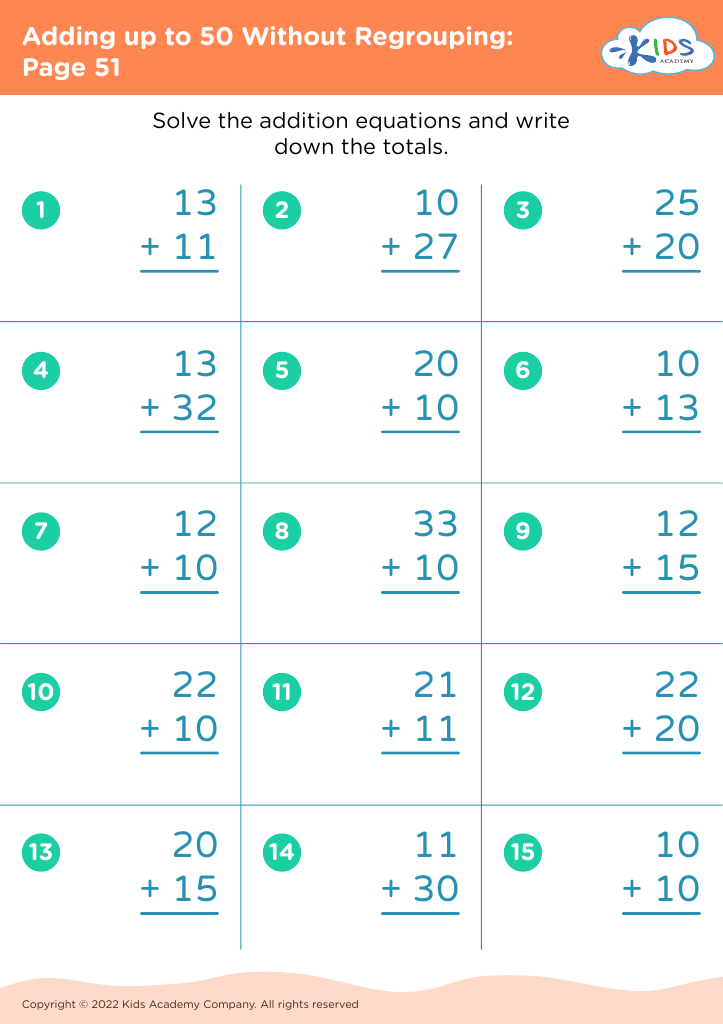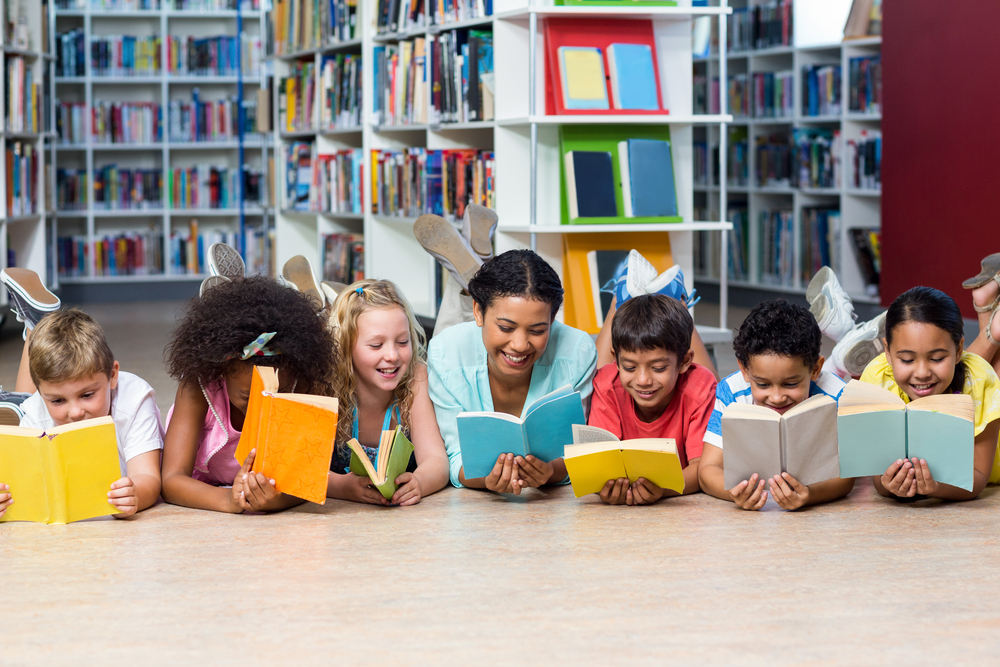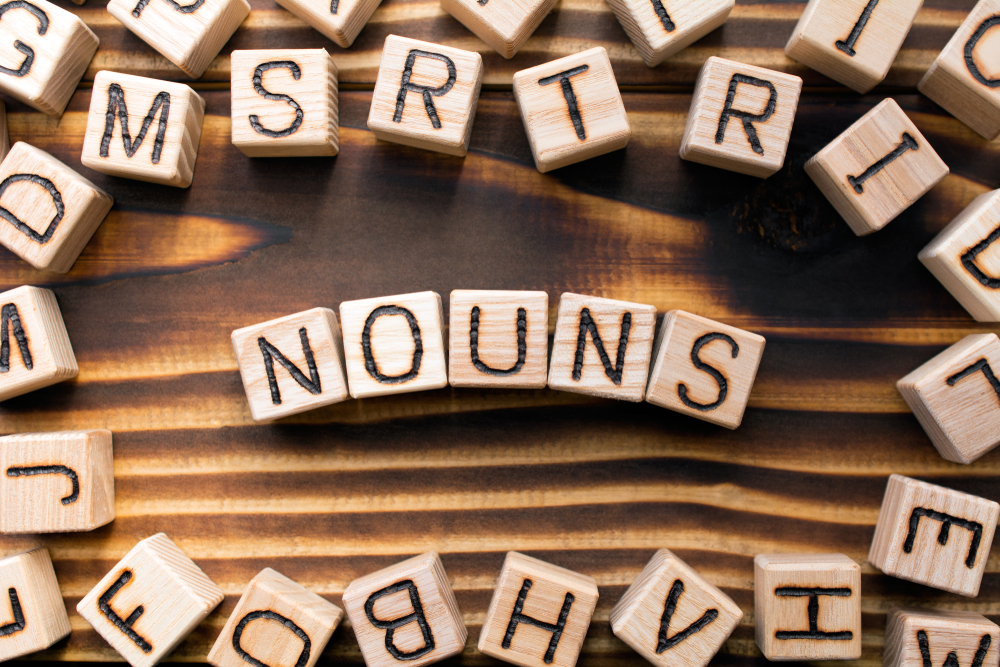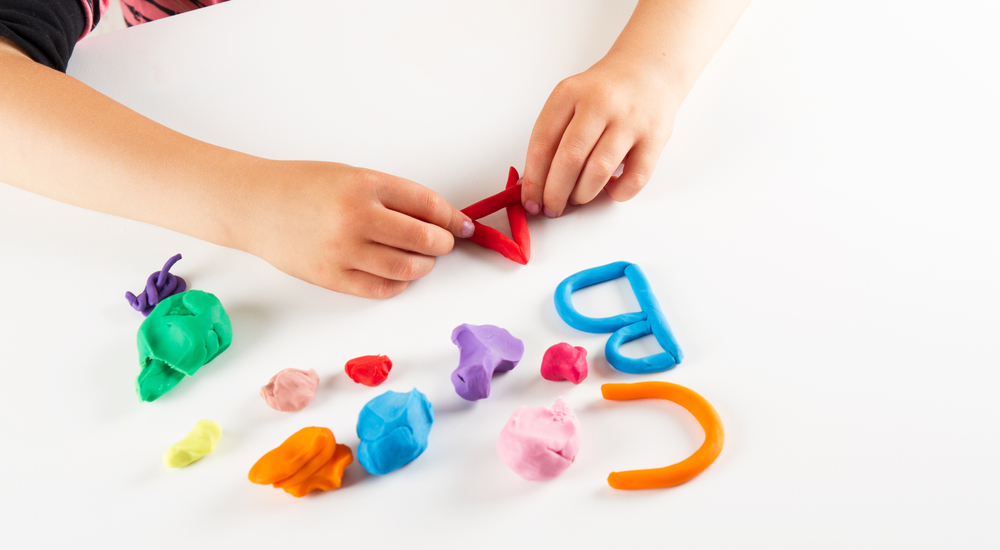Visual recognition Worksheets for Ages 7-8
5 filtered results
-
From - To
Unlock your child’s visual learning potential with our engaging Visual Recognition Worksheets designed for ages 7-8! These high-quality worksheets foster crucial skills such as pattern identification, shape sorting, color differentiation, and more. Perfect for elementary students, our fun activities enhance memory, attention to detail, and cognitive development. Each worksheet is thoughtfully crafted to challenge and inspire children while providing a solid foundation for future learning. Visit Kids Academy to explore our extensive collection of printable visual recognition worksheets. Empower your child's education with practical tools tailored for visual excellence.
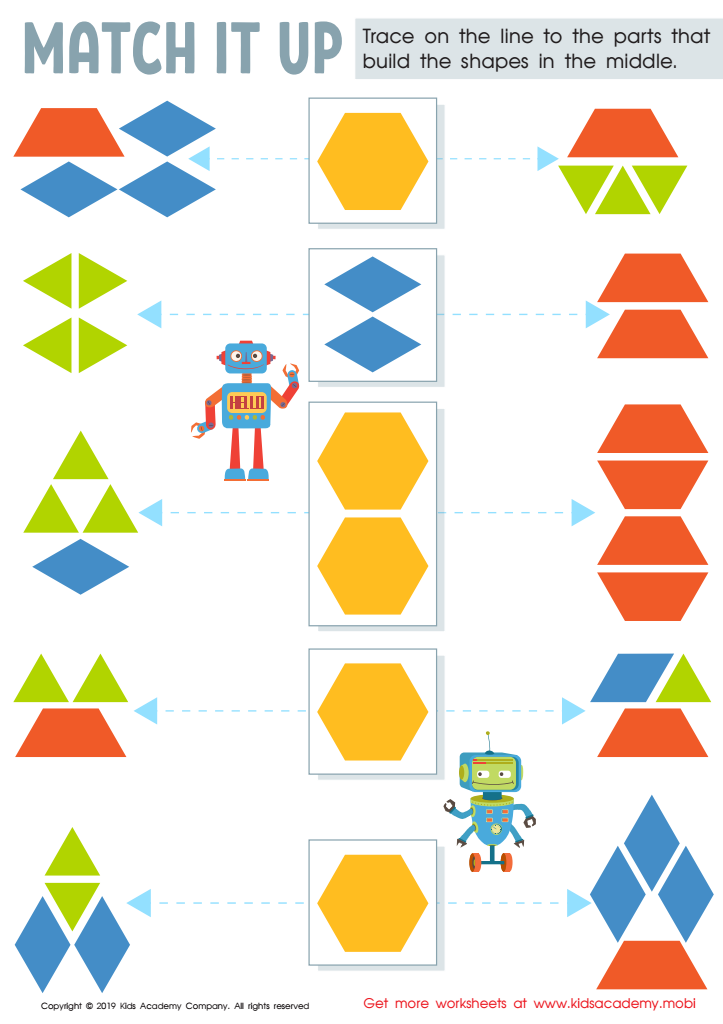

Match It up Worksheet
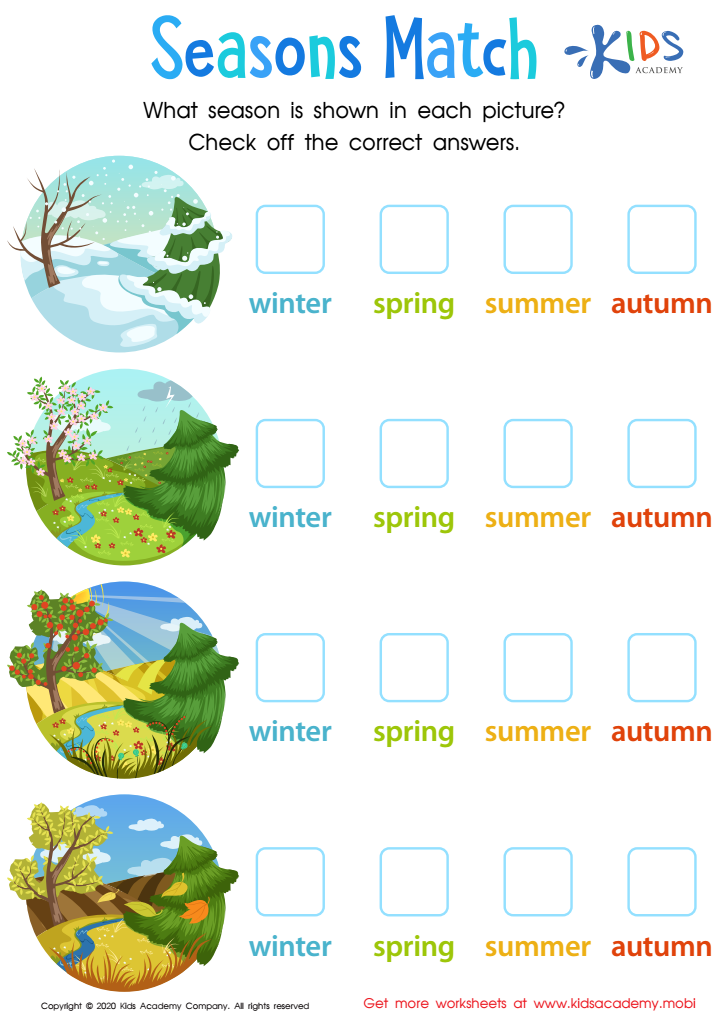

Seasons Match Worksheet
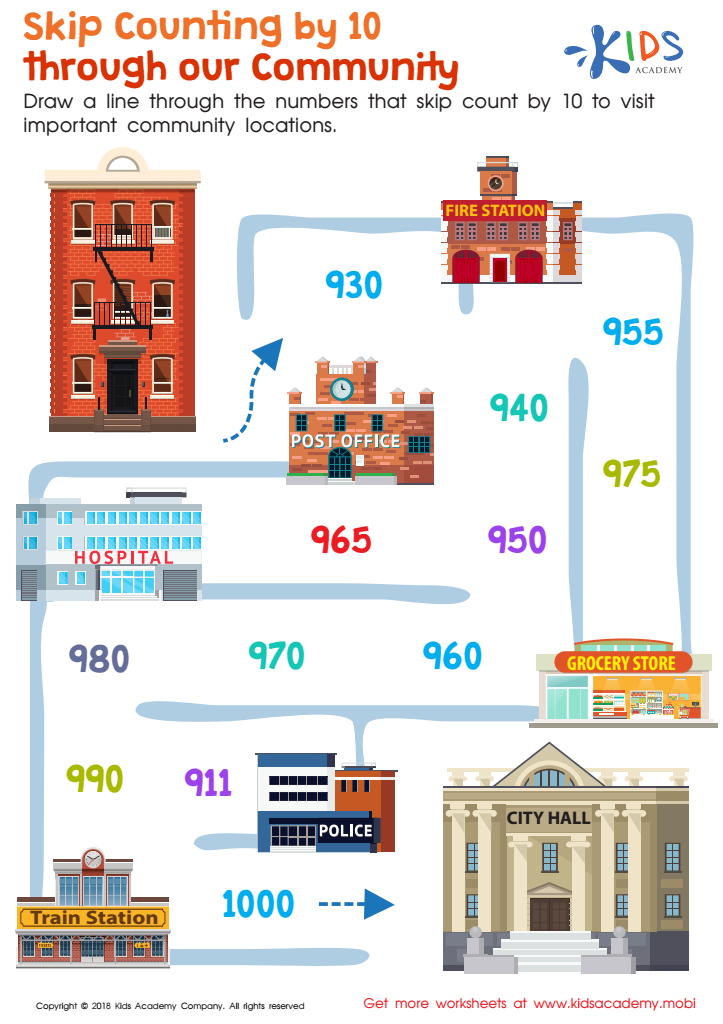

Skip Counting by 10 Through Our Community Worksheet
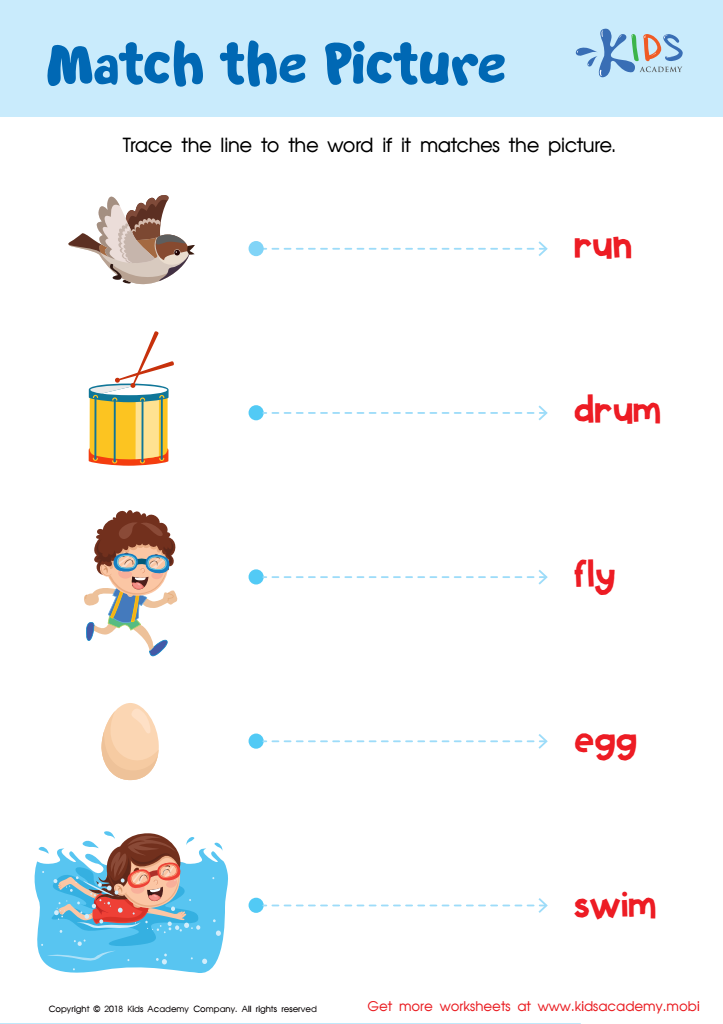

Match the Picture Worksheet
Visual recognition is a fundamental skill that plays a crucial role in a child’s cognitive and social development, especially for ages 7-8. At this stage, children transition from learning to read to reading to learn. Enhanced visual recognition facilitates their ability to quickly and accurately identify letters, words, shapes, and patterns, which directly supports literacy and comprehension skills.
For parents and teachers, fostering visual recognition abilities is particularly important for academic success in subjects such as reading, writing, math, and even science. For example, deciphering math problems often depends on recognizing numerical patterns and understanding visual data presented in graphs or charts.
Beyond academics, visual recognition skills are vital for everyday functioning and safety. Recognizing traffic signs, interpreting social cues, and identifying objects in their environment fosters independence and confidence in children.
Additionally, strong visual recognition skills are linked to better memory retention. When children can visually identify and differentiate objects, they are more likely to remember names, facts, and sequences, reinforcing what they learn in the classroom.
Incorporating activities that improve visual recognition—like puzzles, memory games, and reading—into daily routines can thus significantly enhance a child’s overall learning experience and development. Investing in these skills prepares children for efficient learning and situates them for success in more complex academic and social scenarios.
 Assign to My Students
Assign to My Students
